Table of content
Introduction
The Omnipod insulin pump is a waterproof, wearable, and tubeless insulin pump. Its devices, also named pods, are a substitute for traditional insulin pumps and an actual technique of insulin therapy. The Omnipod insulin pump uses exclusive Pod Therapy technology to deliver roughly 3 days of constant insulin delivery without the requirement for many injections.
The pods can transport modified doses of rapid-acting insulin based on the rates of individual programs into a Private Diabetes Manager (PDM) device. Individuals can also associate the Omnipod insulin pump with a continuous glucose monitor (CGM) to generate an automatic insulin delivery (AID) system.
Note: After Dexcom G6, and Dexcom G7, Omnipod 5 now pairs with the FreeStyle Libre 2 Plus Sensor as well.
How Omnipod Works
Omnipod insulin pump systems comprise two main apparatuses, a smartphone-like Controller, and a Pod. The Pod is a tiny device that you can fill with insulin and directly wear on your body. The Pod obtains insulin delivery instructions from the Controller. Then it transports insulin into your body through a flexible small tube called a cannula.
Features
Important features of the Omnipod insulin pump include:
- Wearability: People can wear the relatively distinct pods in most sites where they would usually insert. The pod can hold 85–200 units of rapid-acting insulin, and operators can wear them for up to 3 days.
- Availability: With fresher versions, persons can use their smartphones as a substitute for a PDM to control the device.
- Water-resistant: Individuals can wear the Omnipod insulin pump in water at depths of up to 25 feet for 60 minutes, which means it is harmless to use in the shower or when swimming
- Tubeless: As the pods do not have tubes like outdated insulin pumps, users have more choices of movement.
- Pod Therapy: This feature of the Omnipod insulin pump permits operators to wirelessly program their insulin, eliminating the want for numerous regular injections.
- Customizable: Unlike other first-generation AID systems, the Omnipod insulin pump permits people to correct their glucose targets to suit their wants.
The Omnipod insulin pump is right for:
Omnipod products were made for people with insulin-requiring diabetes, with choices that fit your exclusive requirements.
Type 1 diabetes
This Omnipod insulin pump is primarily OK’d for those with type 1 diabetes (T1D) as young as 6 years old. Omnipod insulin pump plans to soon submit its essential experimental data for the preschool age group, as young as 2 years old.
Type 2 diabetes
If you feel like type 2 diabetes is taking control of your life, here’s your chance to take it back. Omnipod insulin pump permits you to achieve your blood sugar without various regular injections. When a person is freshly diagnosed with type 2 diabetes, their healthcare specialists may propose numerous treatment options such as oral medication, insulin shots, or insulin pump therapy. People living with type 2 diabetes may choose omnipod insulin pump therapy as it involves fewer insulin injections or insulin shots.
Smartphone control or separate controller.
Unlike earlier Omnipod versions that have a distinct controller device, Omnipod insulin pump users can control this new system straight from a smartphone app. Compatible phones will primarily only comprise certain Android smartphones, but finally it will work with iPhones as well. Free with each individual’s first prescription, the omnipod insulin pump will deliver a hand-held controller for those who don’t have a well-matched smartphone to practice entirely with the Omnipod 5 app. Particularly, the FDA did not need this, but the company picked to offer a controller to each customer who may need one.
Conclusion
The Omnipod insulin pump is a tubeless constant insulin infusion device that works similarly to an insulin pump. Individuals can use this medical device to aid in systematizing their rapid-acting insulin therapy.
Persons can also combine Omnipod insulin pump technology with a constant glucose monitor to make a hybrid closed-loop system, which can imitate the function of a hale and hearty pancreas. Investigation proposes that these systems can help recover diabetes management and the worth of life.

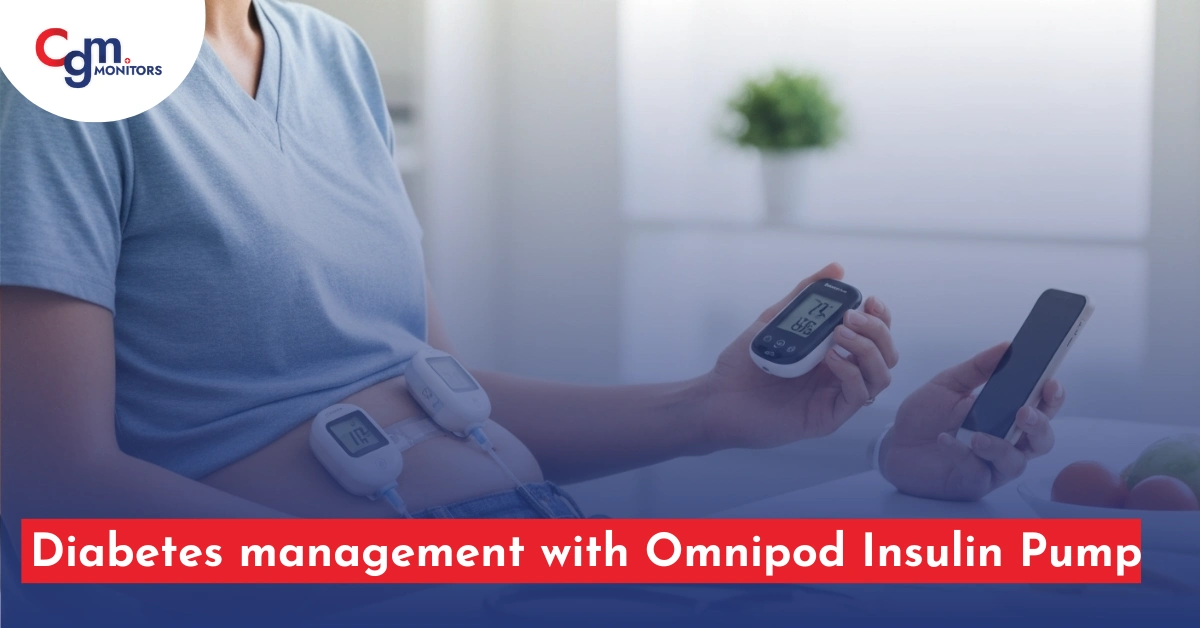
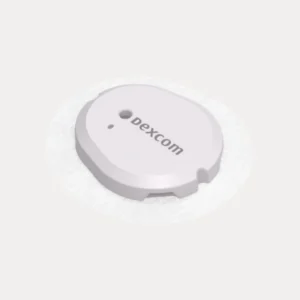
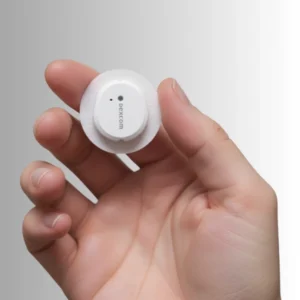

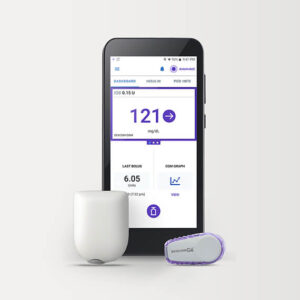
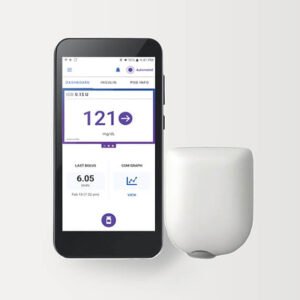


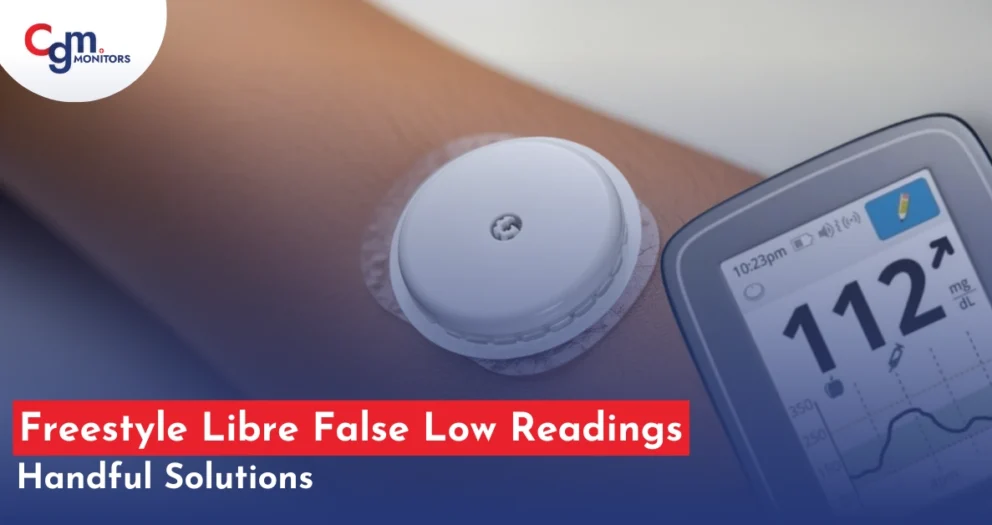

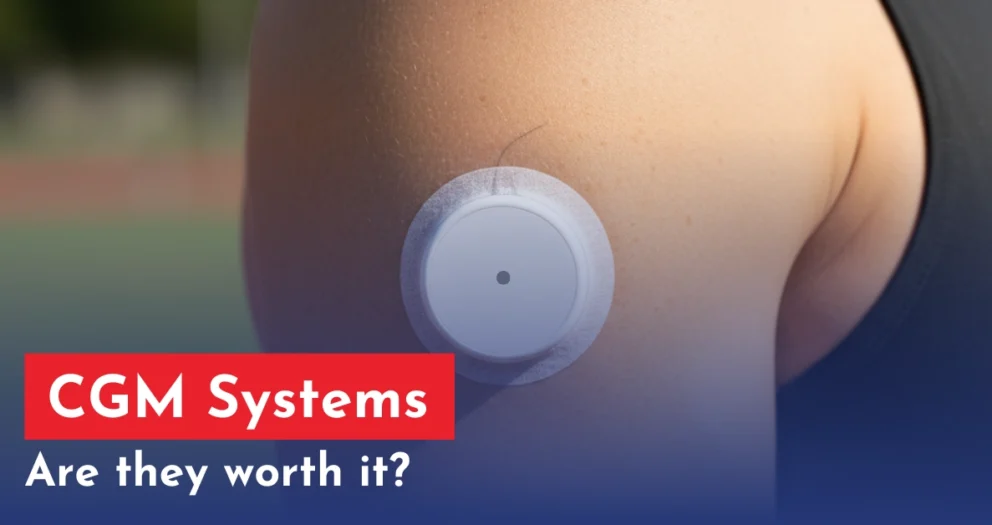


Write a comment
Your email address will not be published. All fields are required